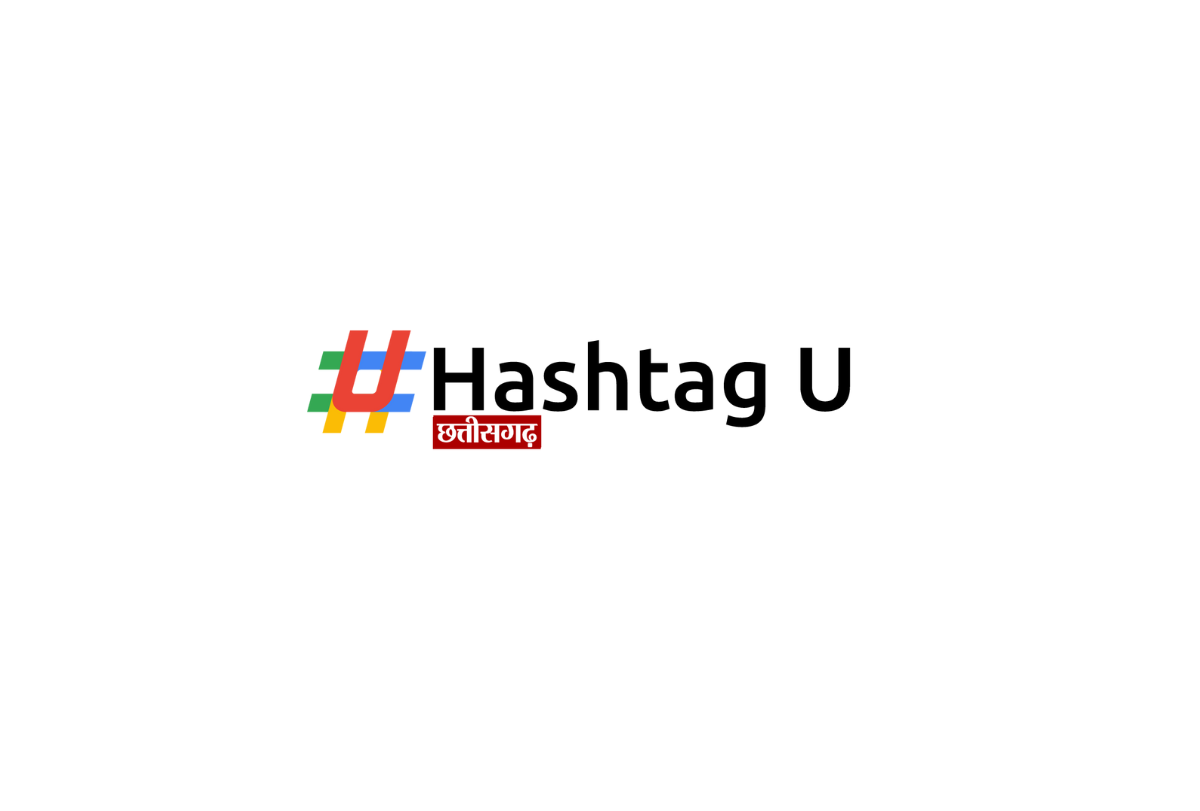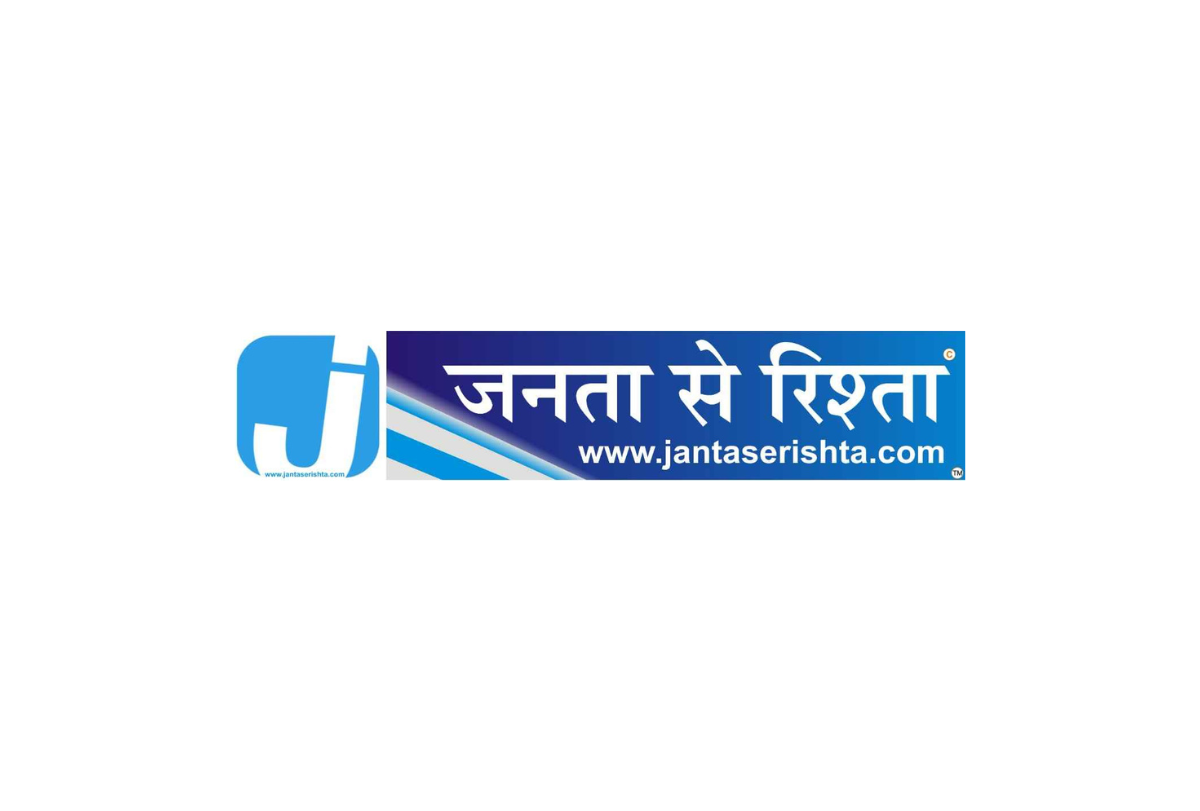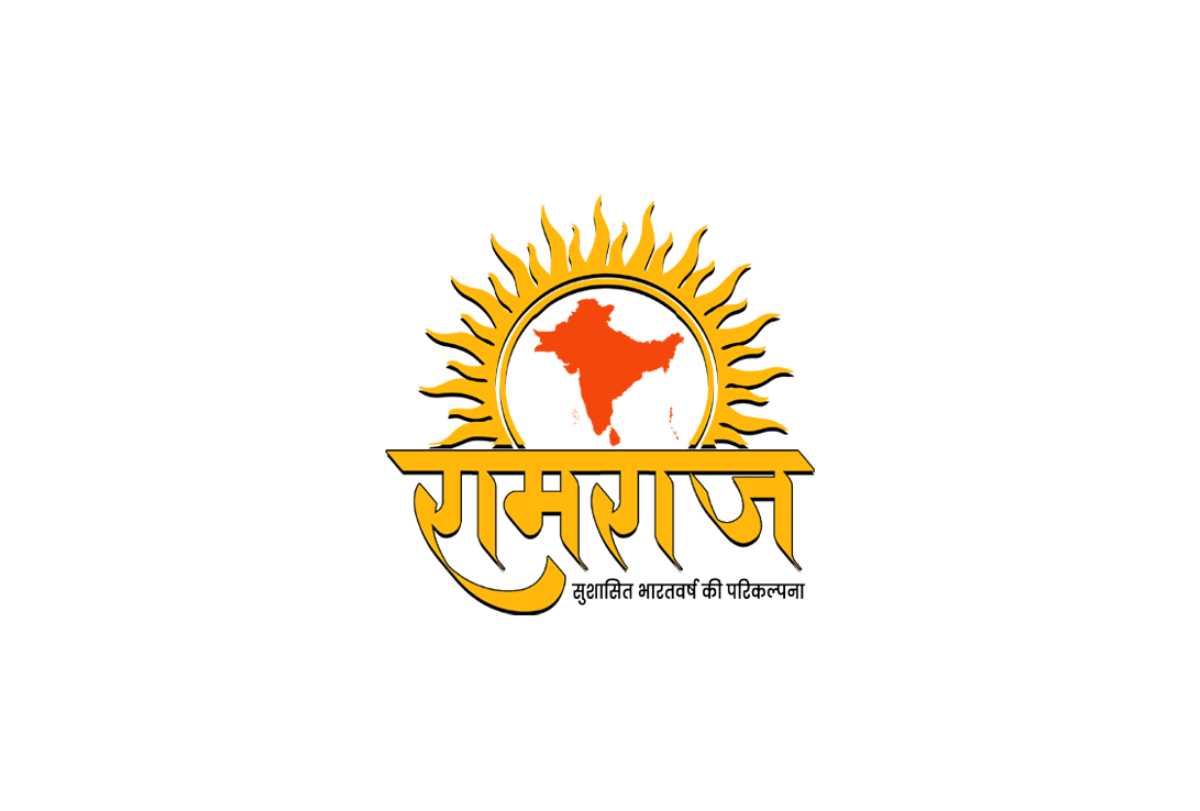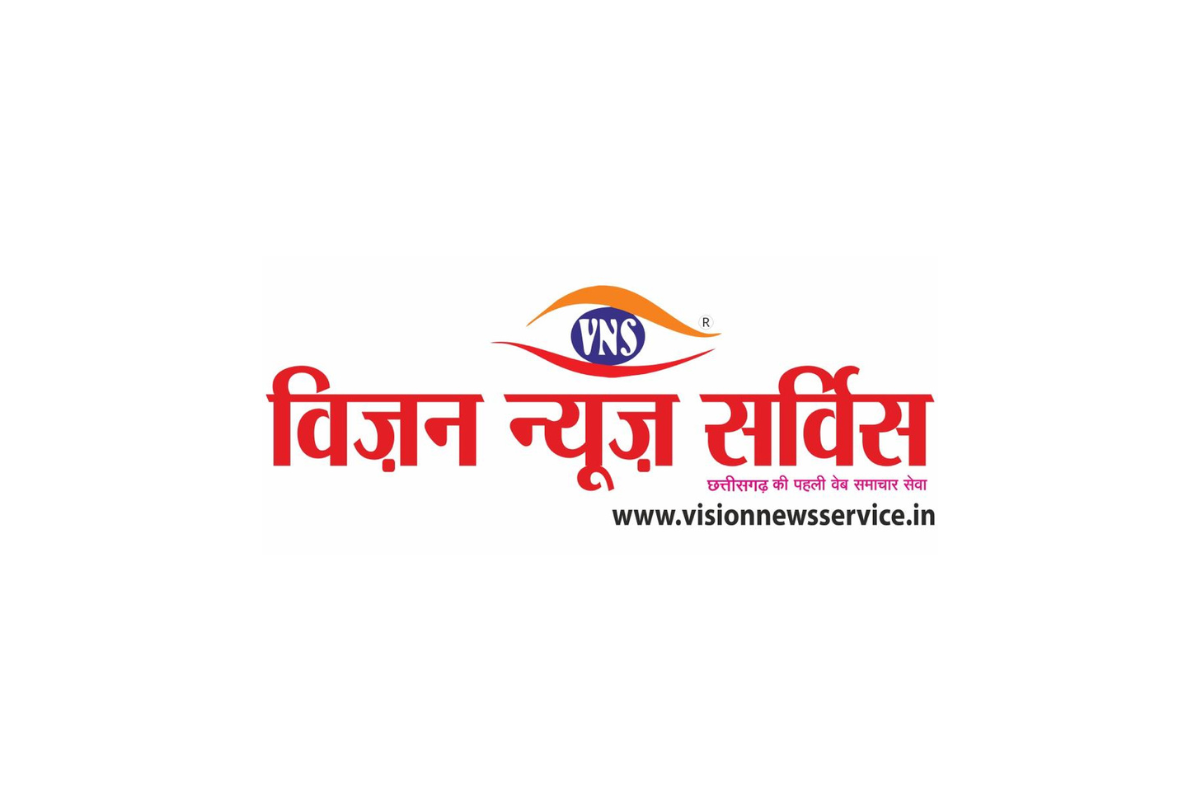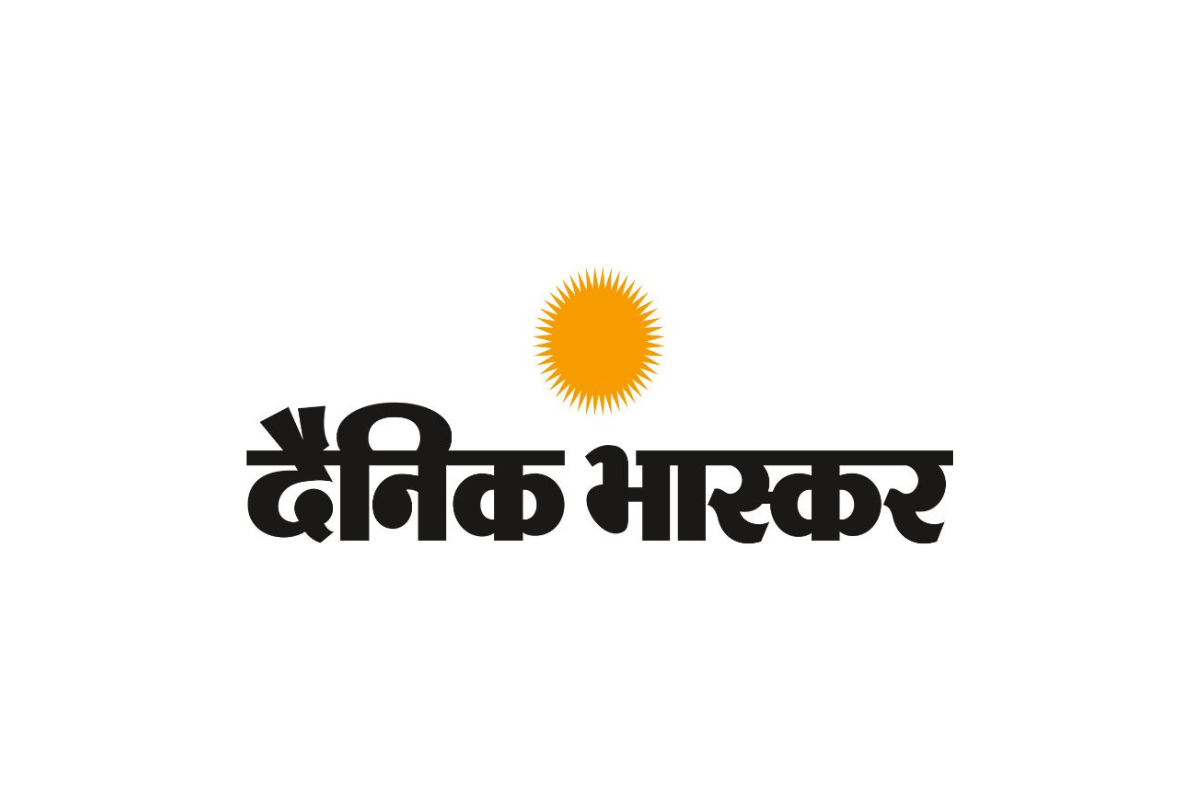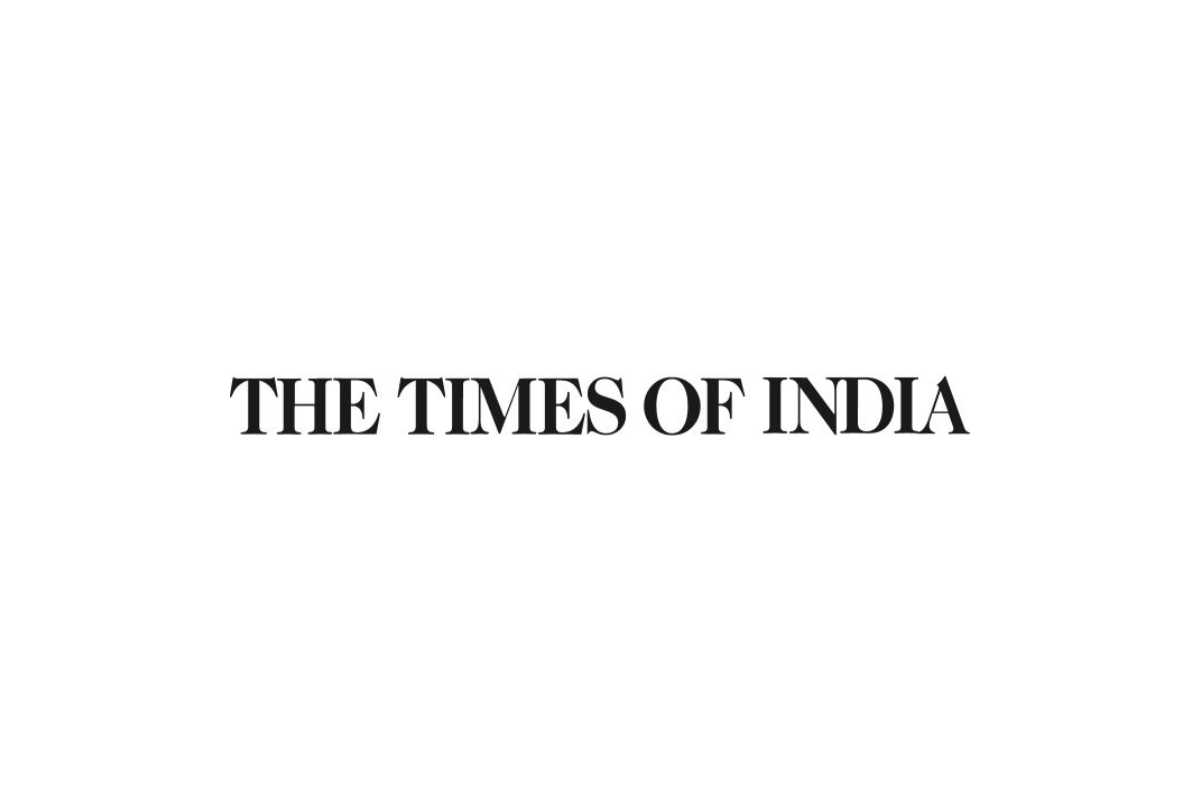It was 2011-12, as part of a committee formed by the government to review the ground realities of healthcare interventions, I was accompanying a group of high-level government officials. During checking of registers at the hospital, it was found that many of the cases of child death was reported from a particular area. It was decided that the team will visit the families to understand the reason. But considering security reasons, all other team members stayed back at the hospital. After a long bike ride and walking inside the dense forest two of us reached one of the houses, that experienced child death in recent days. The home was closed and one small girl plying nearby; all others went to the forest to collect wood. To our surprise; the villagers gathered and surrounded us not to show angriness against the lack of medical facilities, but to offer food. The father of the dead child held my hand with tears in his eyes and I came back with the words echoed in the air ‘Sir, our child will not come back but today we have satisfaction that somebody from Sarkaar has reached our home, to listen to our words; we have many issues to complain but we will live with this satisfaction that someone is concerned about our life.
While the country is celebrating the 75th anniversary of ‘Azadi’; it’s essential to connect with the excluded, remotely located population to bring their faith and trust in the public system and servant; the gesture of the public health workers from top to bottom is the basis of achieving universal health coverage for 104 million (8.6 per cent of the total population) tribal population of India living in rural and often forest and hilly areas that itself creates barriers. Without improving healthcare delivery and ensuring universal healthcare access; India will not able to meet the health and nutrition targets of the Sustainable Development Goals for 2030; more than that ‘Amrit’ of life would be a distant dream for many.
From different studies and recently published National Family Health Survey 5 data is evident that in key health outcome indicators like maternal and under-five mortalities; nutrition etc. the tribal population suffers more than the overall population. Also, available data shows that there is a severe shortage of health infrastructure and trained human resources in tribal areas, particularly in 171 tribal-dominated districts. Therefore, explicit and concentrated efforts from the National to Panchayat level bringing ‘whole of government’ approach bringing ‘Samaj-Sarkar-Bazar’ is required to improve the health status of the tribal population.
Rural Health Statistics (RHS) 2020-21 issued by the Ministry of Health and Family Welfare, reveal a shortfall of 8503 Sub Centres (25 per cent), 1464 PHCs (29 per cent) and 347 CHCs (28 per cent). Further, if we see the trend of growth and changes in human resources in the existing health care system, the most significant issue is that the instance of percentage of human resources is decreasing in recent years to 82.30 per cent in the year 2017 from 85 per cent in the year 2007 in the tribal areas. Further, the decreasing trends of laboratory technicians at PHC and CHCs is noticed in recent years to 32.60 per cent in the year 2017 from 48 per cent in the year 2007 in the tribal areas. In case of staff nurses at PHCs and CHCs, the percentage of the declining number of personnel is most astonishing and it has come down from 50 per cent in the year 2007 to 27.90 per cent which is almost reduced to half in a decade. Alongside the health infrastructure, behavior change communication plays a critical role in better health outcomes.
The Government of India is promoting Self-Help Groups (SHGs) for realisation of socio-economic development through DAY-NRLM, intending to organise the rural poor women into SHGs, and, continuously nurture and support them to take economic activities till they attain an appreciable increase in income over a period of time to improve their quality of life and come out of abject poverty. These groups are federated into Village Organisations (VOs) at the village level and further into Cluster Level Federations (CLFs), creating an institutional architecture that can be leveraged for disseminating useful information, generating awareness, and demand generation and for behaviour change communication. Around 60 per cent of the rural population, in these most backward and tribal districts, has been covered through SHGs, and, thus provides a unique platform for last mile access with key messages. The platform has in-built five touchpoints viz. SHG, VOs, Cluster Level Federations (CLFs), households and communities, which can be leveraged to reach the target beneficiaries with key health and nutrition interventions to increase awareness and access to entitlements through convergence. To overcome the language barrier and localising the messages blending with the traditional tribal folk media would be helpful for appealing and triggering the behavior modifications.
Establishing community-level institutional response for improving the health status of tribal population: From the learning from the COVID response integration of PRI-SHG-Frontline Workers (ANM-ASHA-ANM) can establish a mechanism at the habitant level for identifying, tracking and referring ‘high-risk’ cases to save lives and the following strategies and approaches can be adopted. Building capacities of the Sarpanch and PRI representatives would help to create local champions and ambassadors to spread the messages in the local community.
Deliver essential health care services at the doorstep of tribal people: Existing government programs and service delivery platforms like Village Health Sanitation and Nutrition Days (VHSNDs) to be operationalised with all the services recommended in the national guideline. On ground, it is found that the VHSNDs services are limited to routine immunisation services only without the availability of required equipment and almost nil diagnostics services. This opportunity for delivery can be taped fully. An assessment of equipment gaps in these sites is to be conducted immediately to fill them. Evidence shows that merely an investment of 7-10,000 rupees per site can ensure the basic equipment. Also, innovative portable bags can help the ANMs to carry the equipment to the site on the day. With the active participation of local communities, these sites can be converted into a ray of hope for people to receive essential services. An established community feedback mechanism will help in restoring trust in the service providers. Also, for tribal areas frequency of VHSNDs can be deduced from once in a month to twice a month. This will help people to get the services at their doorstep.
While outreach services can be delivered through VHSNDs, filling the gaps in the nearest health sub-centres is necessary, leveraging available resources allotted under tribal sub plan and XV-FC Health Sector Grant. Available data and ground realities show that the health facilities are lacking the essential equipment, drugs and diagnostics. Based on the facility gap analysis for all health sub-center, PHCs, CHCs and health & wellness centre situated in tribal areas to be conducted and urgent steps is required to develop district health plans for bridging the gaps. The XV-finance commission health sector grant has provided an opportunity to improve the infrastructure, establishing block public health units and lab, and diagnostics services through local governance. It should be implemented in true spirit and elected representatives from the tribal communities in three tire Panchayati raj institutions should be involved in planning, monitoring and execution. Additional resources from different sources like MP-LAD, CSR, etc. can be leveraged. Past experience shows that even if resources are allotted, slow or long-term implementation is an issue. in such cases innovation models should be adopted. During COVID big hospitals were set up in record times. Similar learnings should be leveraged to fill the gaps in tribal areas and for filling the gaps of trained doctors Integrated Healthcare Network for Tribal Population (Doctor on Call) should be explored based on the model “doctor-on-call”.
A smart AI-based network of patient call management to route the patient calls to general doctors and specialists. The system should be designed such that the follow-up calls will be directly routed to the doctor required and with whom the patient consulted before and a database of all the patients who took services of this system along with their medical history will be readily available to the doctor-on-call. The “Network” can provide 24X7, 365 days access to doctors through the internet as well as phone for the tribal areas and regions and would be geared to facilitate and promote the “anytime anywhere” model of health care by providing patient Electronic Health Care Records Management” i.e., encrypted and safe storage of medical history and records of patient eliminating the need to carry them for medical consultation.
At the same time for delivering the drug, diagnostics and special services specific to the tribal population local tribal youths can be trained, groomed and supported as s ‘Medical Entrepreneurs’. Local youths can be trained on basic skills who will be mobilising the people, collecting the drugs from Jan Aushudhi Kendra and will be delivered at the doorstep. Also, will act as an interpreter to bridge the language barrier between doctor and patient while joining the ‘Doctor-on-Call’ platform. To deliver essential drugs in hard-to-reach areas GPS based drone delivery called a “Medi-copter” can be used to bring the medicines as and when required with multiple frequencies to a fixed central location and a genomic database will help to analyse of the cause of specific diseases.
In the Indian healthcare ecosystem, the private sector plays a critical role. In tribal districts, big private sector organisation are absent and small to medium size hospitals, nursing homes and clinics in limited numbers but play a critical role. In absence of any other option, people avail services in those facilities. Helping the small hospitals and nursing homes in quality improvement and exploring financing options will make the services affordable for people. The benefits of the government schemes are also limited or nearly absent in these health facilities. Innovative ways to be explored for roping them in creating an eco-system in tribal districts involving new generation innovative solutions developed by healthcare start-ups, concentrated in metropolitan cities. Opportunities for testing and deploying new solutions in all segments including diagnostics, remote ICUs, and drug delivery to be created so that the benefits of new technology are not only benefited the urban populations but actually helped in saving lives when it is more required. Similarly, the options and innovative financial products and services to be explored to reduce the high out-of-pocket expenses and protect people from financial hardship is very critical.
While special initiatives to improve the coverage of insurance schemes like Ayushman Bharat is required, it should be remembered that a high concentration of specialised care in metro cities and urban areas excludes the tribal poor from accessing services, even if the cost of treatment can be covered under health insurances schemes, the cost of travel and other associate expenses like food and accommodation costs in cities could not be afforded by the poor. Supporting those expenses would be necessary to bring a smile to the face of the people in need. Therefore innovative solutions for financing the healthcare for tribals need to think differently to achieve universal health coverage for all tribals of India.
Shyamal Santra, Lead-Health & Nutrition, Transforming Rural India Foundation talks about the status of tribal healthcare in India and highlights the ways to achieve universal health coverage

